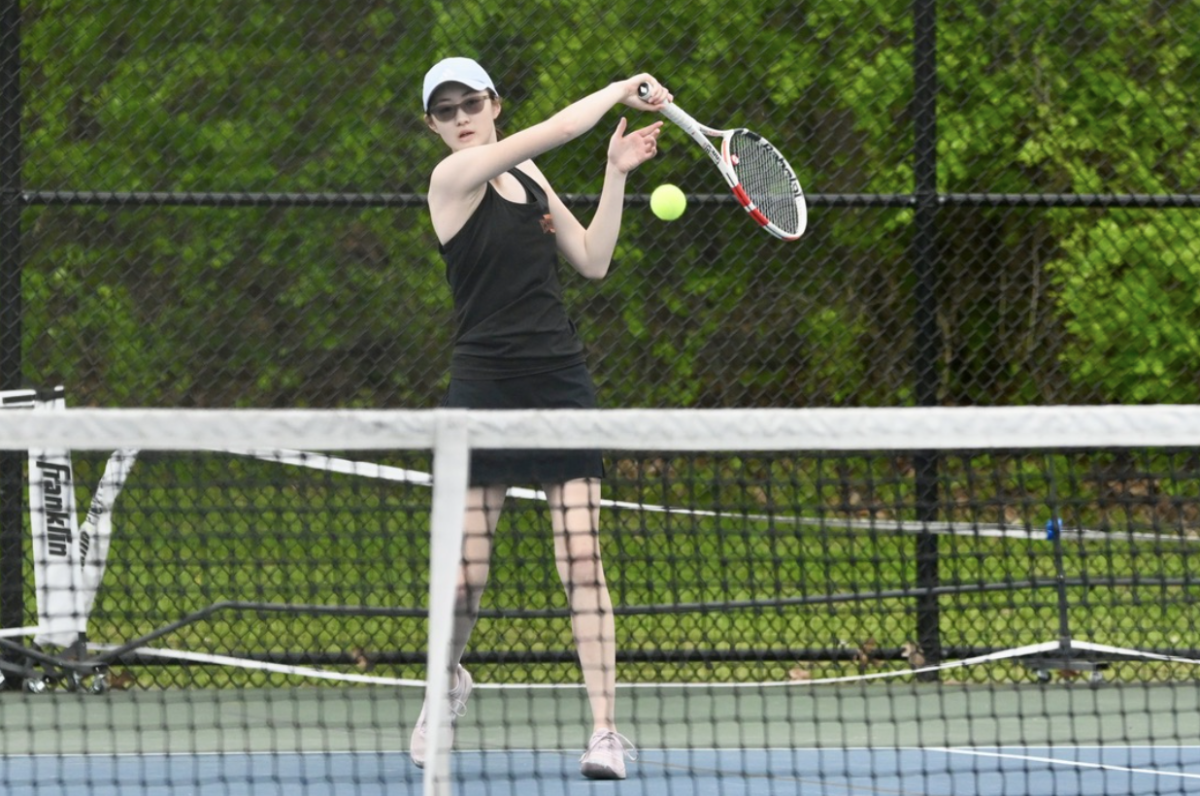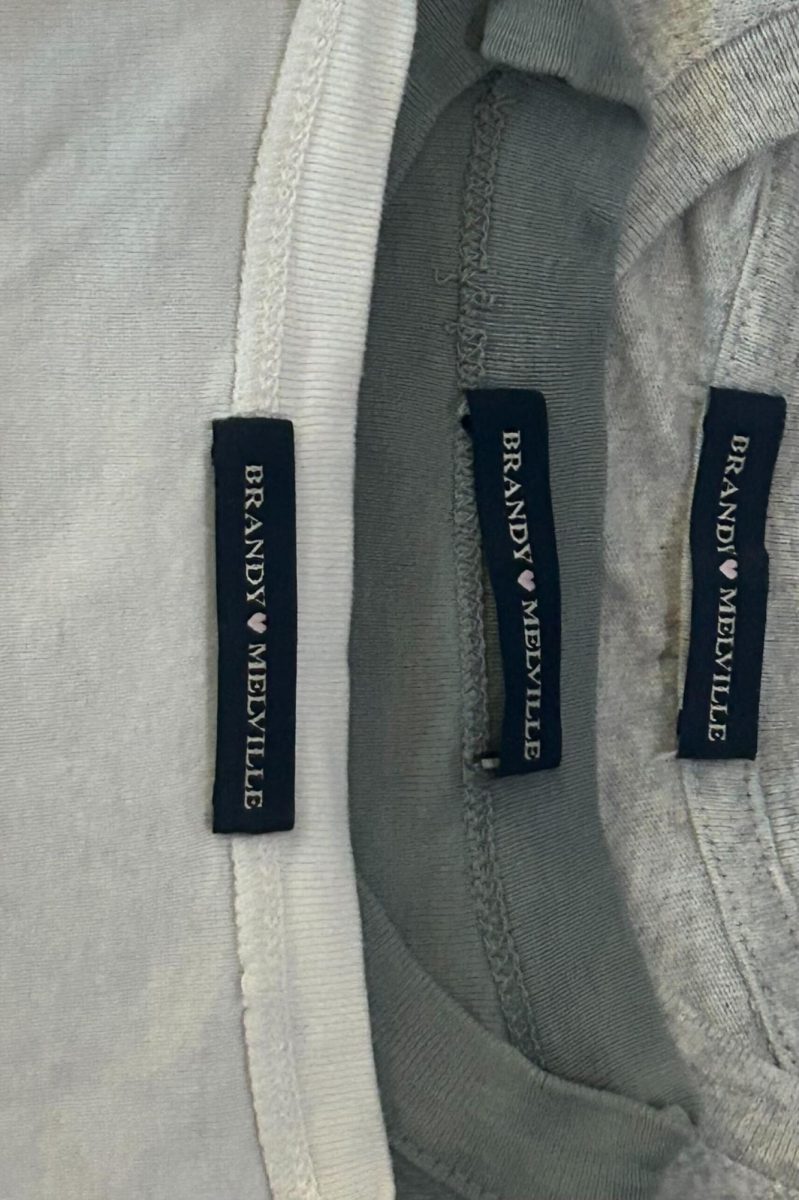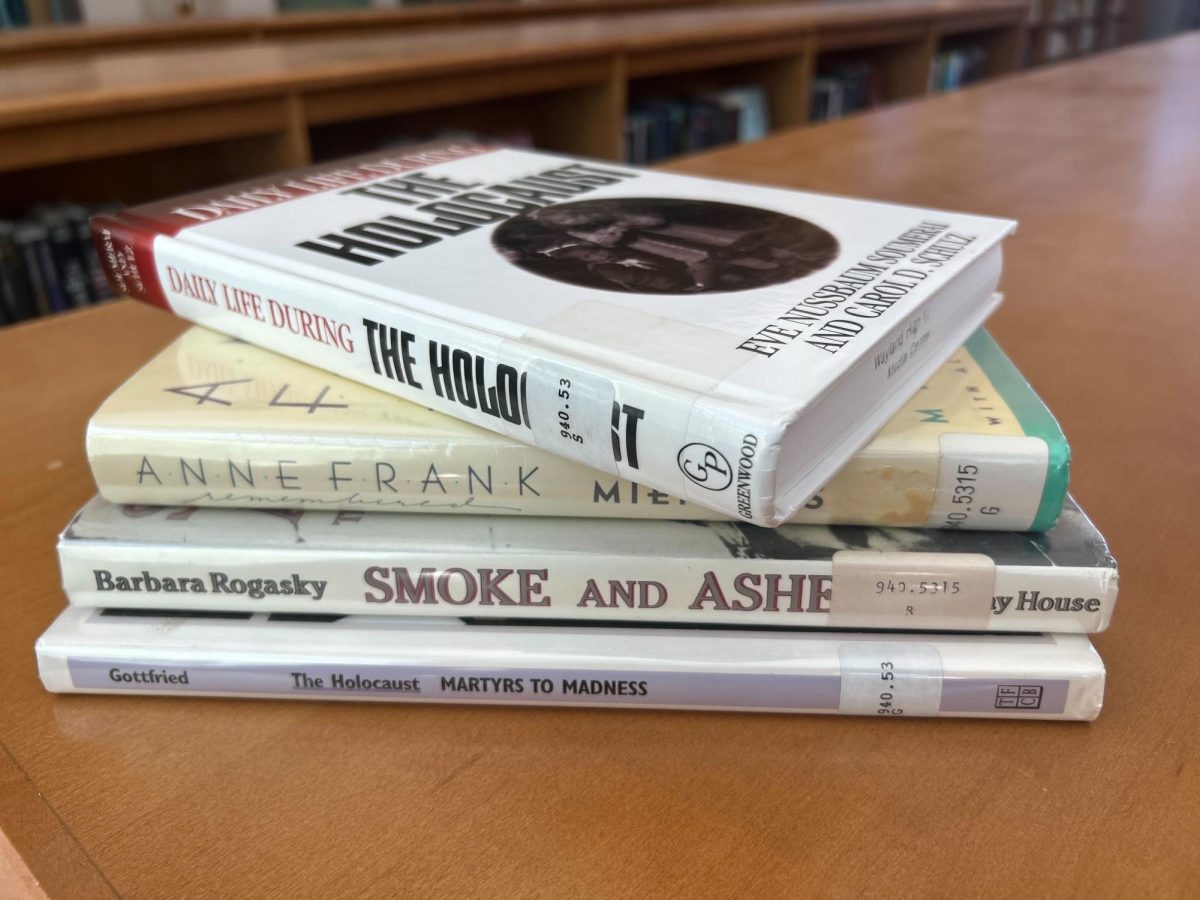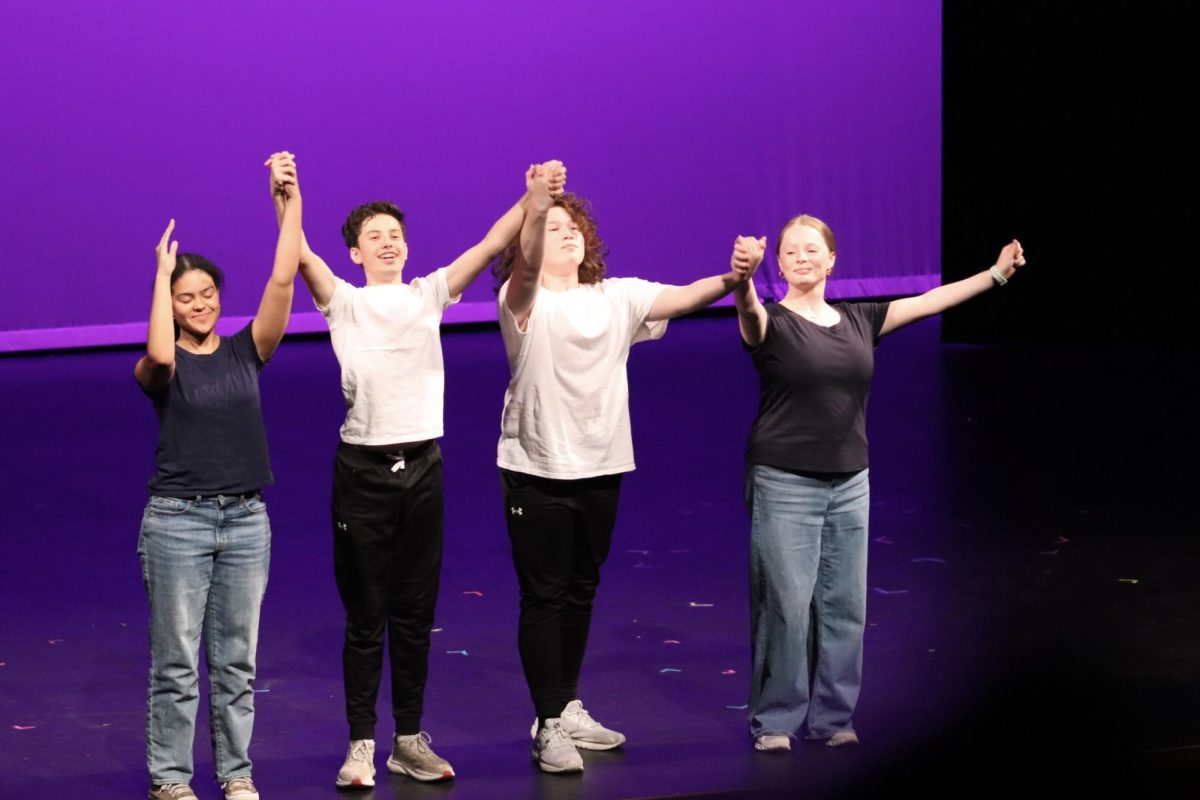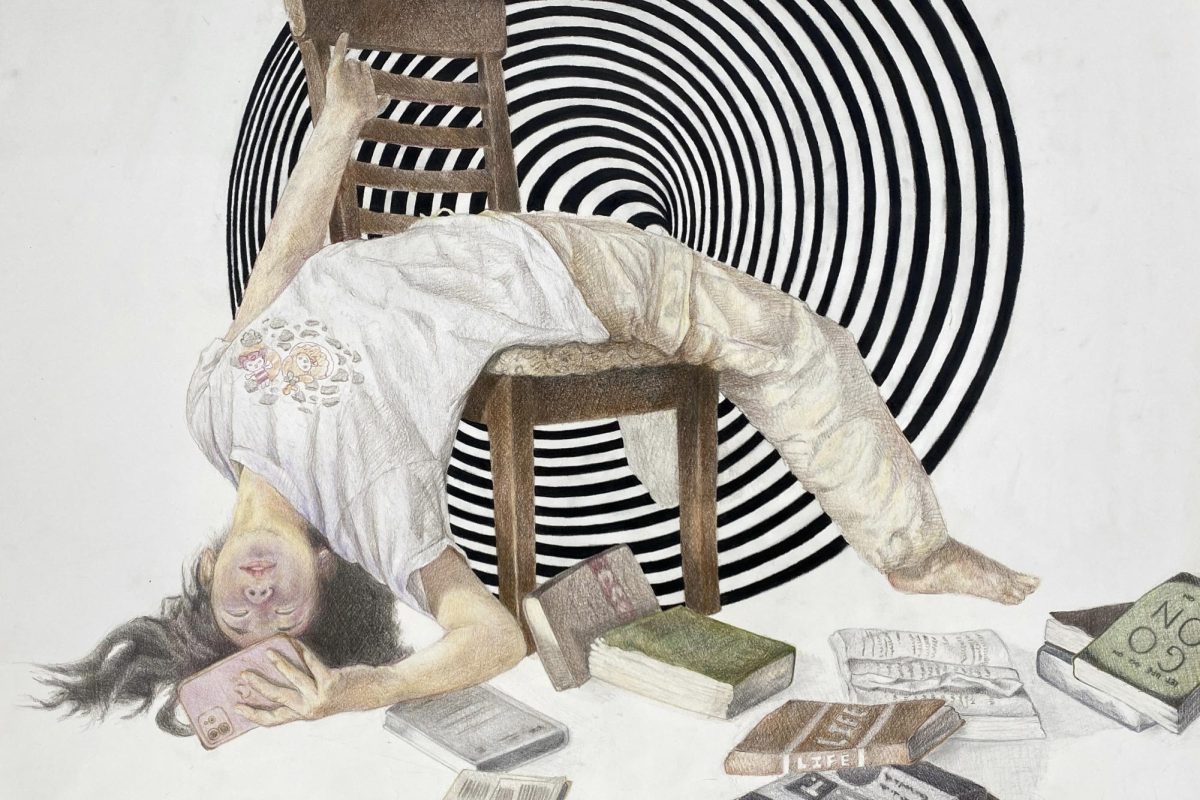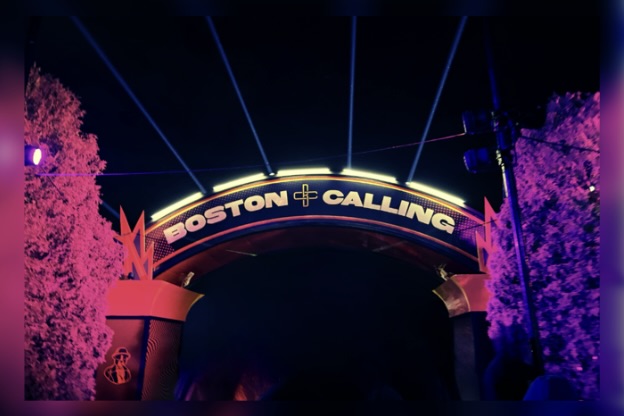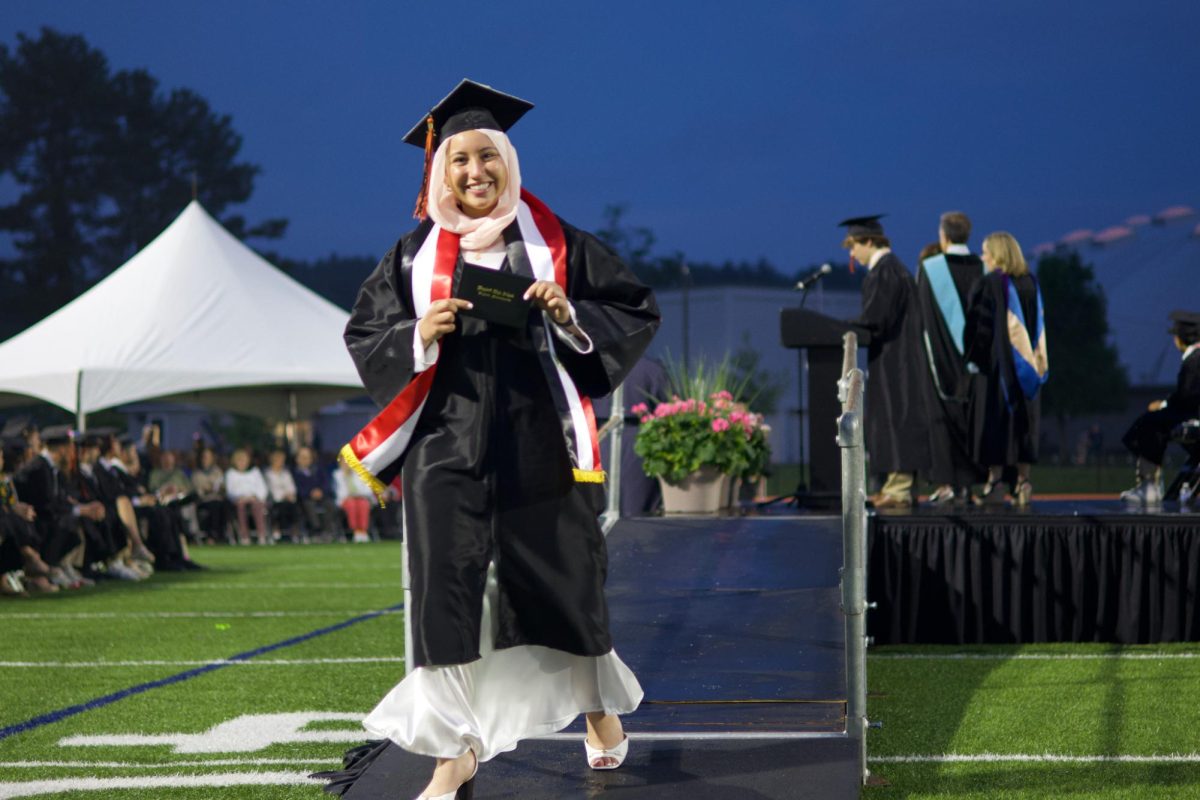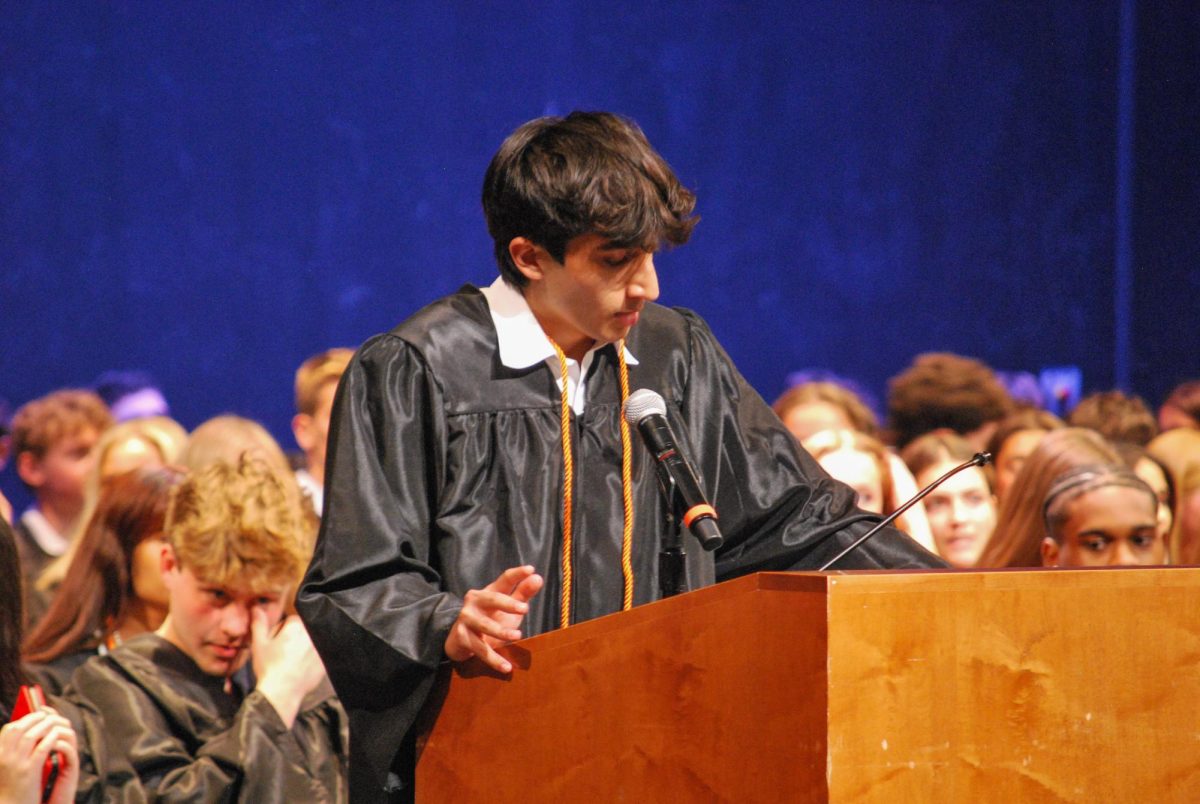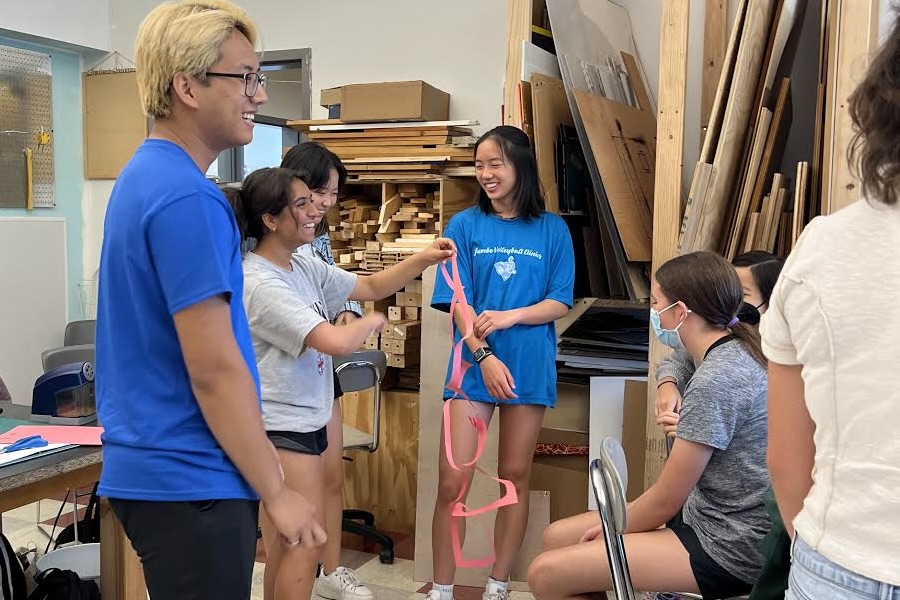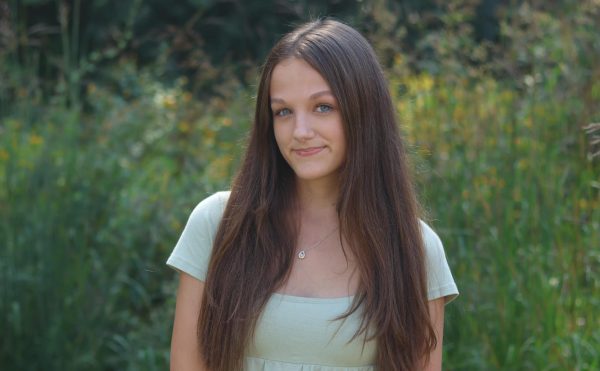WHS innovation camp sparks creativity among students
Credit: Hayes Hart-Thompson
Students at the Wayland High School innovation camp build a prosthetic hand during their independent project portion of the day. “My group and I decided to make an advanced version of a prosthetic hand,” junior Clara Sin said. “That was my favorite activity because making a hand that could actually function was both rewarding and cool to experience.”
September 24, 2022
Over the summer, many high school students explore different professional fields in order to get a better sense of their interests before applying to college. Usually, this exploration is done through pre-college courses or private tutoring sessions, all of which are expensive and can be inaccessible to some high school students. Wayland High School innovation teacher Hayes Hart-Thompson recognized this problem and decided to become the change many high school students had been waiting for.
From July 11 until July 29, Hart-Thompson hosted a free innovation camp at WHS, allowing students to explore different areas of interest without the confines of a regular high school class or the expenses of a regular summer camp.
“I think the fact that it was [free] was game changing [because it gave more opportunities to] students that wouldn’t get to typically access this [type of summer camp],” Hart-Thompson said.
“The same classes [that were happening at the WHS innovation camp were] happening on college campuses. To give WHS students the ability to try out college majors and skills that they would have to wait years to actually experience opened up the accessibility to [important] conversations and experiences.”
While Hart-Thompson was directing the program, they also brought together professionals of certain fields to teach classes for the camp. These professionals included Boston University alumni and current students, as well as people who work for a consulting firm, a 3D printing lab and more. Hart-Thompson believed that it was especially important to find young professionals who could relate to high school students so that the experience was more personal for the campers.
“The goal was [to show students] what can happen in six years [if they decide to pursue a certain profession], instead of having [teachers] that are 20 or 30 years older,” Hart-Thompson said. “[I wanted] to have young professionals teach [at camp] so that [students could] get a new perspective.”
Students began their day at camp with classes, where they would listen to professionals teach about a specific topic. These topics included biomedical engineering, psychology, game design, app creation and more. Then, students took an hour-long lunch break where they had the chance to catch up with friends and give their brains a break. In the afternoon, students ended their day working on an independent or group project.
“My group and I decided to make an advanced version of a prosthetic hand,” junior Clara Sin said. “That was my favorite activity because making a hand that could actually function was both rewarding and cool to experience.”
Many students who attended the camp reported that the courses offered, as well as the social environment created by the other students and coordinators, an impactful experience overall.
“This was one of the best experiences I’ve had in high school so far,” sophomore Fiona Wang said. “I felt well-pushed and everyone was there to put in effort to do amazing things. It was so great to meet, get to know and collaborate with new people. The environment was very encouraging and positive.”
Hart-Thompson found that innovation camp allowed students to explore their passions, as well as gain a new-found interest in topics they never knew existed or expected to enjoy. Other than the fact that most students wished the camp was longer, the WHS innovation camp received lots of high praise from both students and parents.
“I was actually so pleasantly surprised by [all the positive feedback],” Hart-Thompson said. “It went better than my class in the school year. I also had some students who were in [both] my course during the school year and the summer program, and it was great because I had conversations with them about how I can make the classroom feel more like [camp].”
Because of the success of the innovation camp this summer, Hart-Thompson is planning to host innovation camp at WHS again during future summers. For next year, they are planning to make the camp four weeks long instead of three weeks long and make more additions or alterations according to student advice.
“I want to [explore] more niche topics [during camp in the future] that [students] don’t normally have the chance to explore because of the logistics of a public school,” Hart-Thompson said.
If students who attended camp are interested in pursuing innovation further, Hart-Thompson is currently teaching “Introduction to Innovation,” a half-year course dedicated to the basics of innovation, and “Capstone,” a full-year course for juniors and seniors that allows them to focus on projects. Hart-Thompson is also working on creating a space for students to pursue innovation and problem-solving skills during free periods or after school.
Hart-Thompson hopes that the inspiration created among students during the innovation summer camp will translate to the school year and that students will decide to pursue their newly discovered interests further.
“The easiest way to make a course that is heavily academic seem like a playground for ideas is to get students doing things that they’re passionate about and also helping kids figure out what their passions are,” Hart-Thompson said. “That’s really at the core of the program that we’re trying to build.”

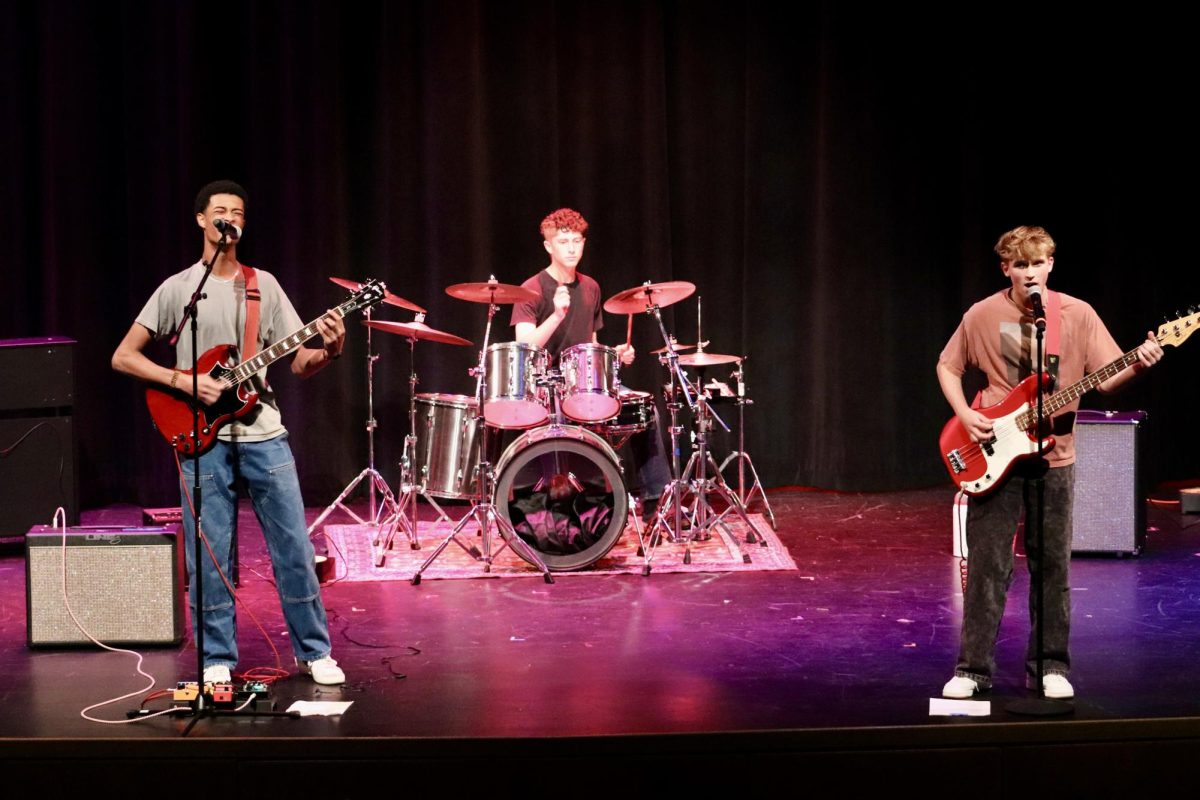


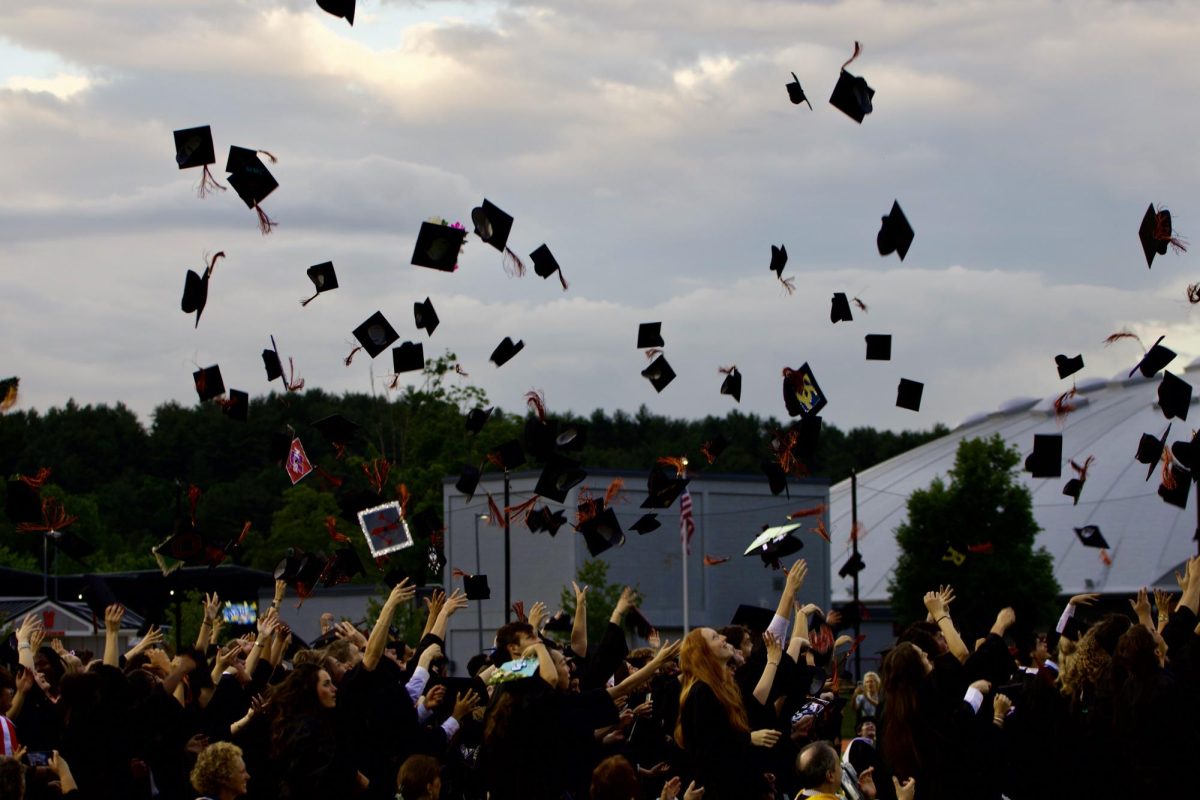
![Last Wednesday, the Wayland School Committee gathered to discuss a number of topics regarding the health curriculum and Innovation Career Pathway course. Another large topic of conversation was the ways to potentially mitigate distracting cell phone usage. "These [phones] are going to distract your learning and social relationships," Superintendent David Fleishman said. "That's concrete right there."](https://waylandstudentpress.com/wp-content/uploads/2025/06/Screenshot-2025-06-04-at-9.49.31 PM-1200x886.png)





